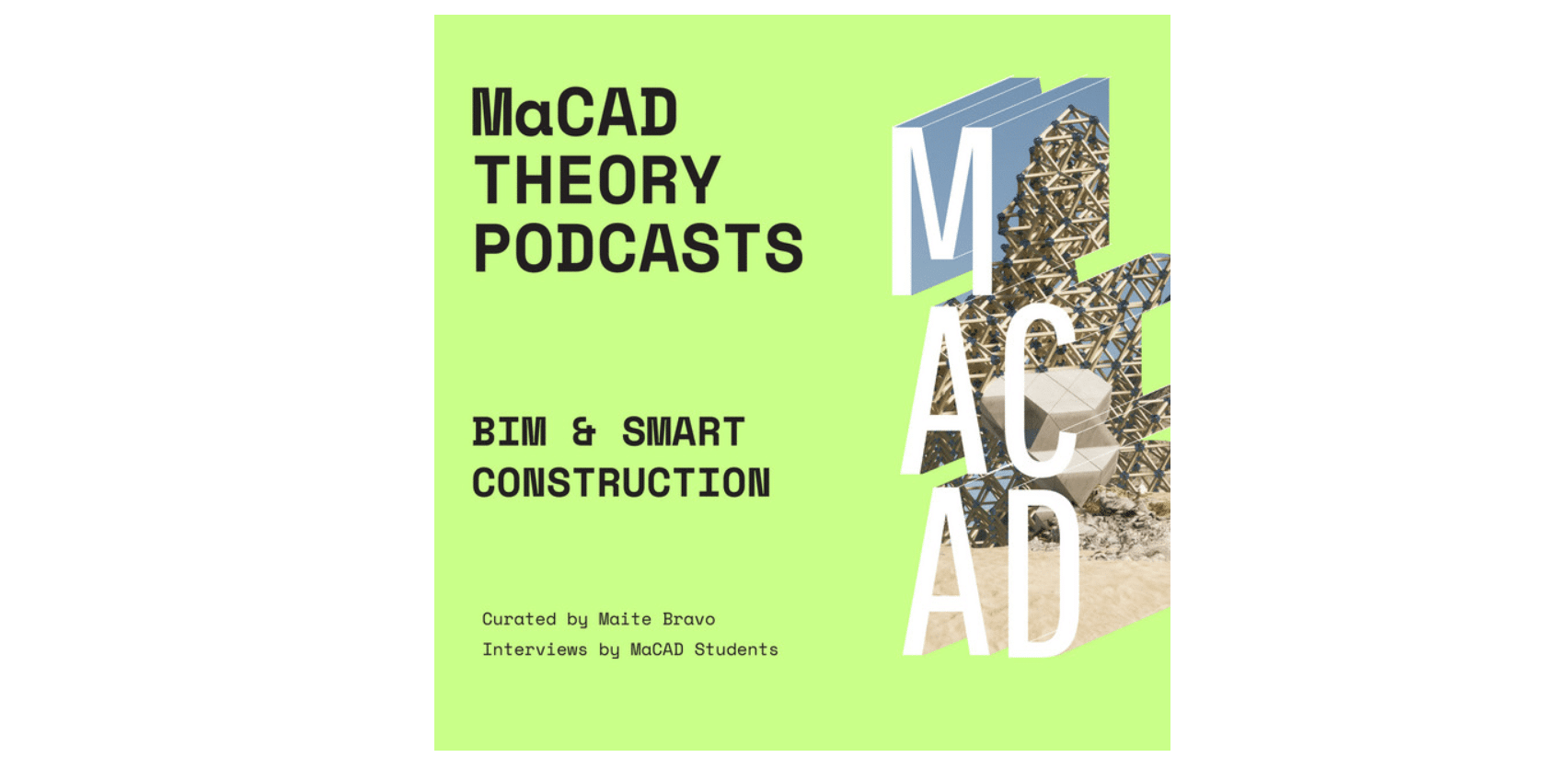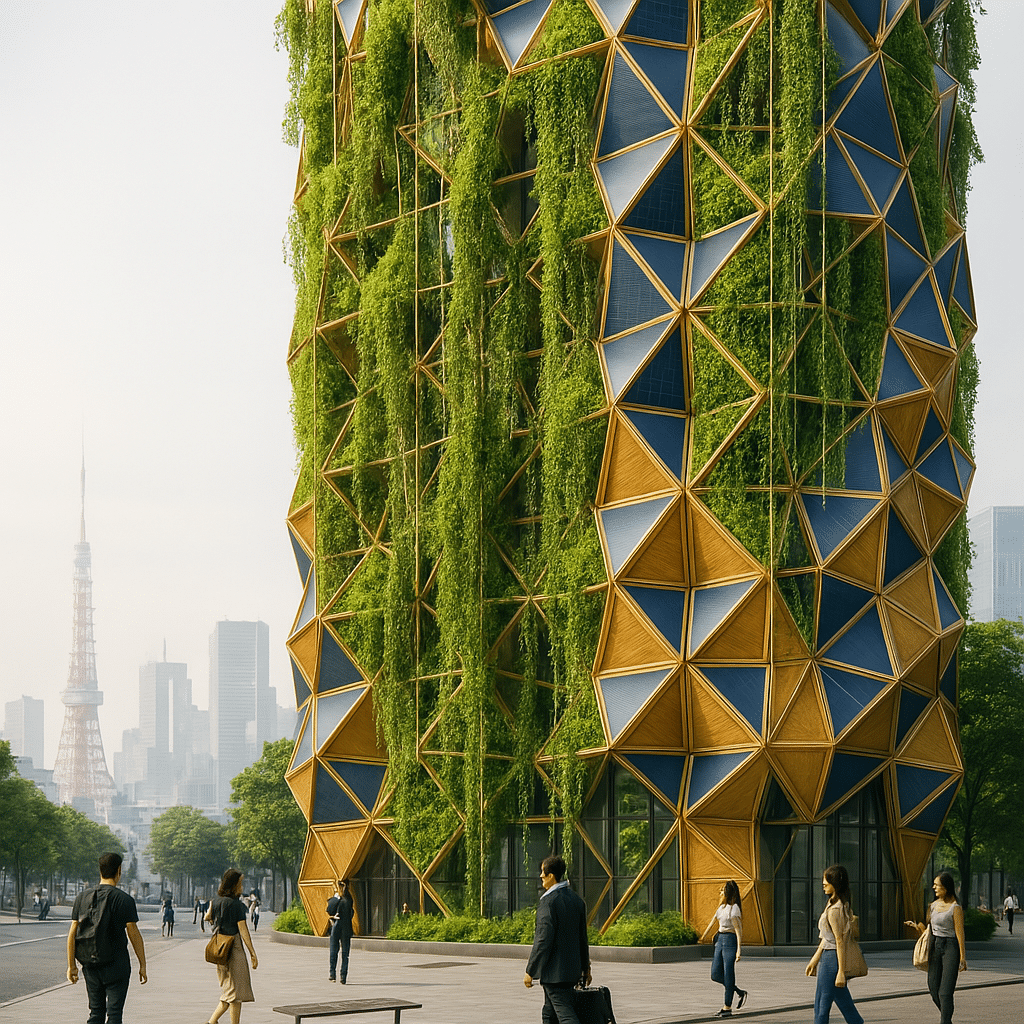The Role of Online Educators in BIM Adoption: The Balkan Architect
The Role of Online Educators in BIM Adoption: The Balkan Architect In this episode of the MaCAD BIMSC Theory Podcast Series, part of the BIM and Smart Construction module at the Institute for Advanced Architecture of Catalonia (IAAC), students Joaquin Broquedis and Marco Durand interview Milos Temerinski, founder and CEO of Balkan Architect, one of … Read more

















